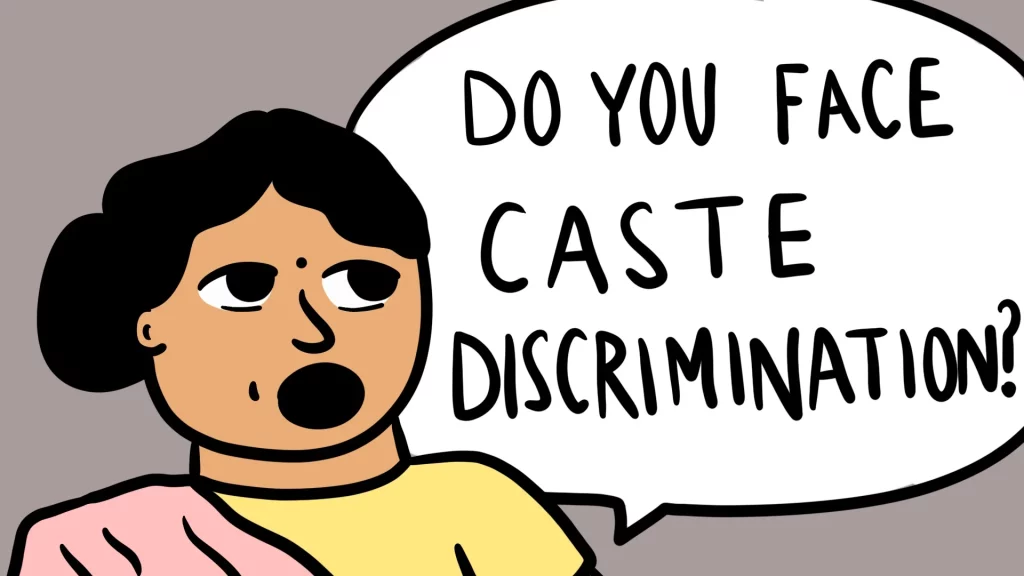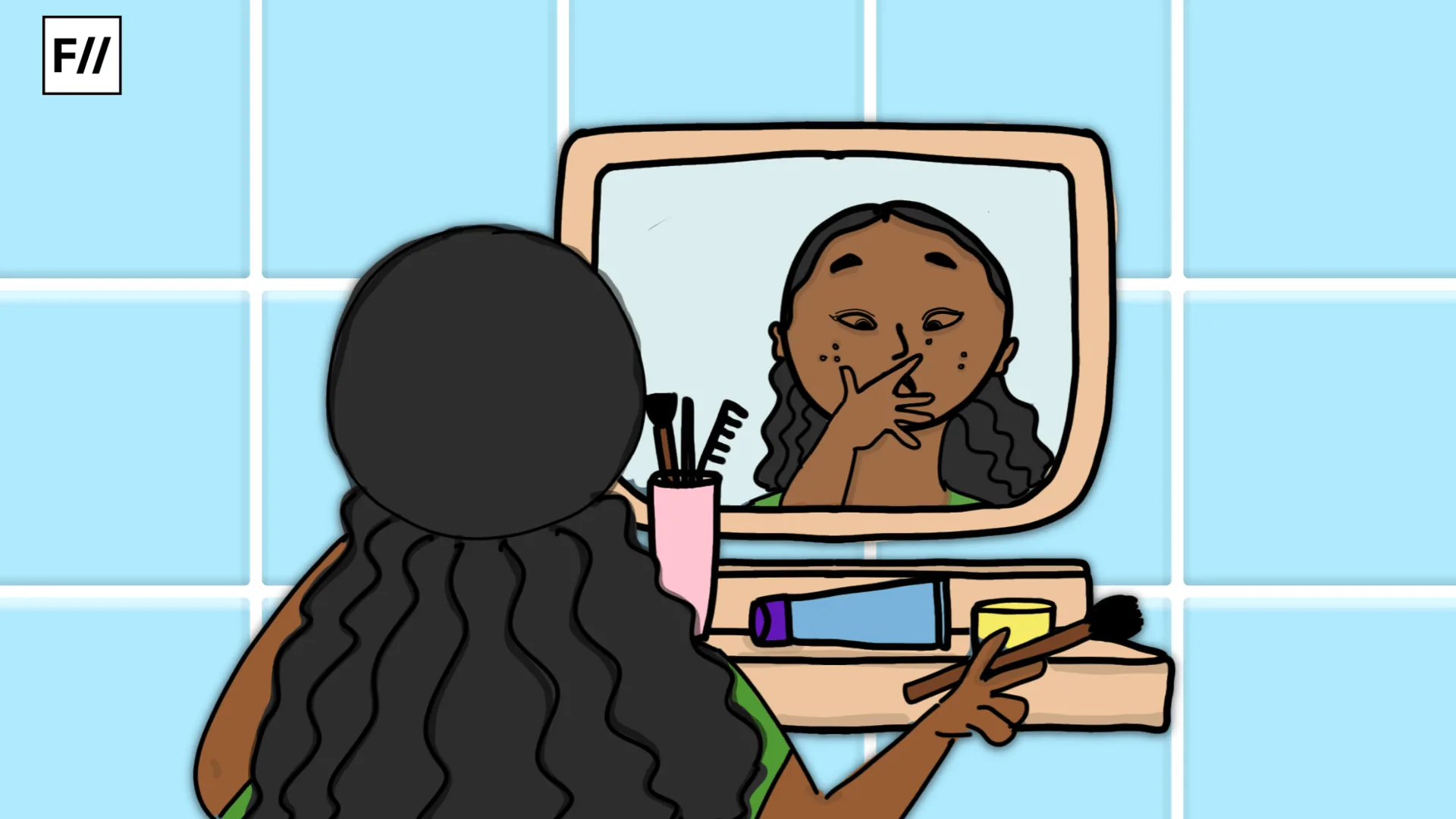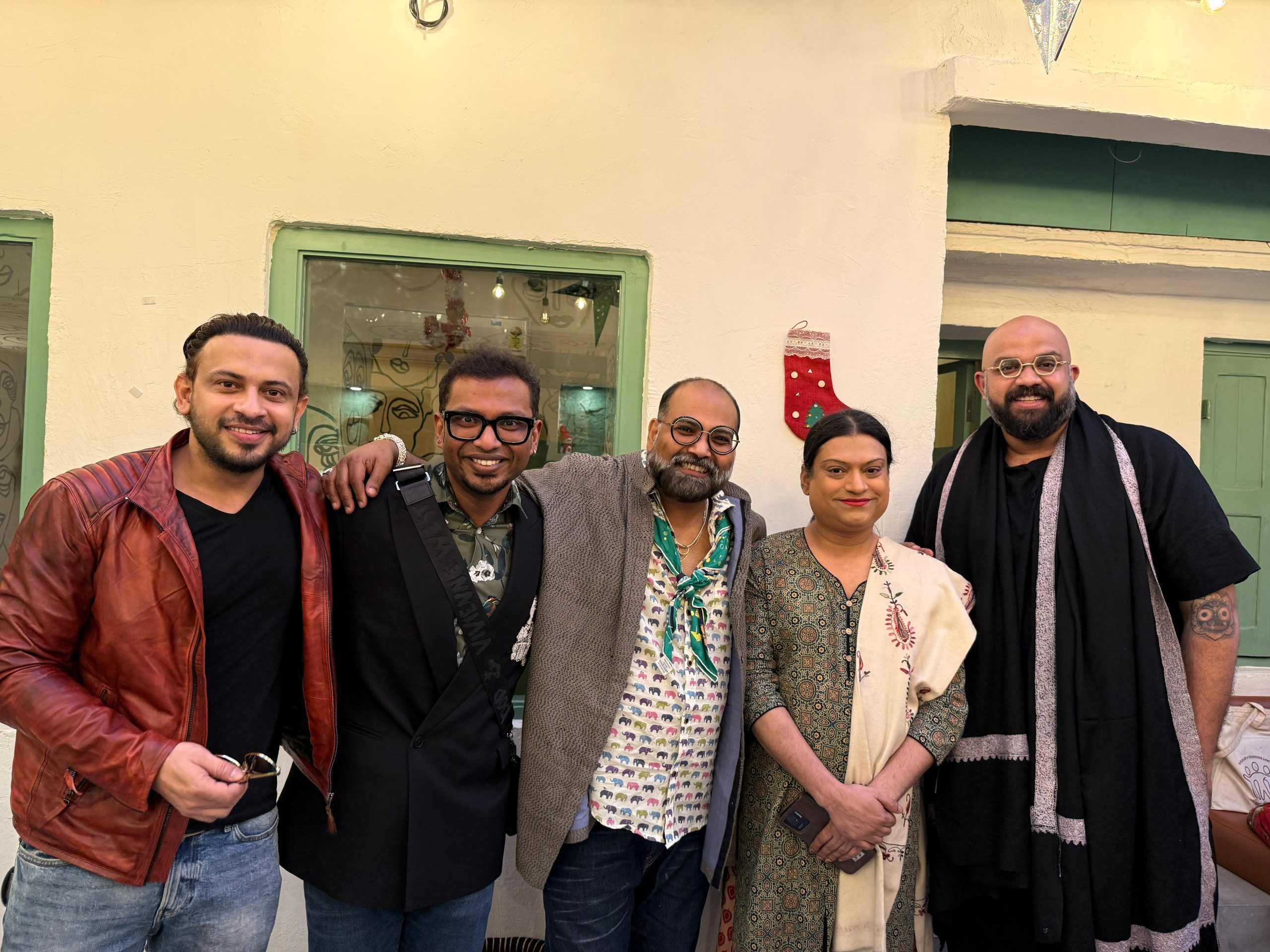In 2023, Mohan Bhagwat, the Chief of the Rashtriya Swayamsevak Sangh (RSS), declared that ‘everybody is the same’ and that ‘there is no caste superiority; this illusion has to be set aside.’ I keep returning to this statement more than I would like to, because despite such proclamations, caste refuses to disappear; it mutates and finds new fields to operate in. One of the newest of these fields is the digital world. Social media, especially Instagram, has become a visual archive of aspiration, beauty, and belonging. One can see the deep-rooted structures of caste, behind the superficial aethetic culture of Instagram.
What caught my attention recently was not overtly casteist content, but rather the persistent pattern of what Instagram’s Explore page feeds me. Take a moment to look at your Explore tab. What do you see? Chances are, you will find pastel-toned home interiors, minimalistic fashion, earthy ceramics, soft light filtering through sheer curtains, perfectly plated brunches, and fitness videos in sunlit rooms. This visual language is not random. It is an aesthetic universe which is curated and normalised, and it corresponds to the tastes and lifestyles of India’s upper castes and classes.
From cultural to aesthetic hegemony
Antonio Gramsci, the Italian Marxist thinker, described hegemony as the dominance of one social class over others, not merely through coercion, but through the consent of the governed. This consent, he argued, is cultivated through cultural institutions like the media, education, and religion, which disseminate the values and worldviews of the ruling class until they appear as “common sense.” In the digital age, platforms like Instagram have replaced traditional cultural institutions as the primary sites where such consent is produced. But what we are witnessing today is a shift from cultural to aesthetic hegemony, a dominance not just of ideas and narratives but also of sensory and visual norms. What looks beautiful, aspirational, and tasteful is not an innocent matter of individual preference anymore. It is a form of social power, coded into pixels and filters.

Aesthetic hegemony is about naturalising privilege as beauty. The clean white walls, the spacious balconies with potted plants and wind chimes, and the curated ‘slow life’ of artisanal coffee and thrifted linen – these visuals are not apolitical. In fact, they are deeply embedded in histories of access: to locale, to leisure, to light, and to labour. The aesthetics of calm minimalism and quiet luxury are, in the Indian context, aesthetics of caste. They speak of the ability to withdraw from the crowd, to occupy uncluttered spaces, and to display control and refinement.
The algorithm as the new cultural institution
Now, one might argue that Instagram merely shows us what we search for. The algorithm, after all, learns from our search patterns and merely reflects them. But is that really true? I actively look for content around caste. I follow content creators whose work critically examines caste hierarchies, reservation policies, and Dalit art. Yet my Explore page never shows me content that speaks about caste or its everyday violence. Instead, it drowns me in an endless stream of ‘aesthetic’ content, each image echoing the other, each post reaffirming a certain vision of what is desirable and ‘normal’.
Algorithms are not neutral. They are built by human beings and trained on data that reflects social patterns of engagement and attention. They amplify what is already popular, and mind you, what is popular is shaped by privilege. The algorithm doesn’t just reflect taste; it produces it.
Algorithms are not neutral. They are built by human beings and trained on data that reflects social patterns of engagement and attention. They amplify what is already popular, and mind you, what is popular is shaped by privilege. The algorithm doesn’t just reflect taste; it produces it. It rewards certain kinds of images – brightly lit, symmetrical, ‘clean’, and emotionally unprovocative – while sidelining others that might cause discomfort. In this sense, the algorithm functions much like Gramsci’s cultural institutions. It manufactures consent through aesthetics. It teaches us, gently and persistently, what to value, what to desire, and what to ignore.
Caste, aesthetics, and the Instagram economy
Aesthetic hegemony also has an economic dimension. On Instagram, aesthetics are capital. A visually appealing feed brings followers, sponsorships, and brand deals. But to produce such a feed, one needs access – to resources, to time, to a place that photographs well. For instance, consider the cottagecore and sustainability aesthetics that dominate influencer culture. The emphasis on handmade pottery, organic food, and slow living is possible only for those whose caste and class positions have already insulated them from precarity. For marginalised creators, especially Dalit content makers, the struggle is double-edged: they must first fight for visibility in an algorithmic ecosystem that sidelines their narratives and then contend with the expectations of visual ‘quality’ that demand expensive devices, clean backdrops, and photogenic surroundings.
The digital economy thus reproduces social hierarchies under the guise of meritocracy. The influencer who rises to prominence is not just hard-working or creative; they embody the aesthetic codes of acceptability shaped by caste and class.
Caste without saying caste
One of the most insidious aspects of aesthetic hegemony is that it allows caste to operate without being named. The ‘aesthetic’ becomes a coded language of exclusion. When upper-caste influencers post about “good taste” or “authentic living”, what we fail to see is that these are not just lifestyle choices but are markers of cultural capital historically denied to others. This is what makes caste so resilient in digital spaces. It no longer is about explicit slurs or segregation. Instead, it flows through the subtler languages of aspiration, design, and consumption. The caste system, in this sense, has gone aesthetic.
One of the most insidious aspects of aesthetic hegemony is that it allows caste to operate without being named. The ‘aesthetic’ becomes a coded language of exclusion. When upper-caste influencers post about “good taste” or “authentic living”, what we fail to see is that these are not just lifestyle choices but are markers of cultural capital historically denied to others.
Yet, this is not the whole story. Across the digital landscape, Dalit creators are reclaiming aesthetics as a site of resistance. They are using Instagram to tell stories, archive histories, and create visual vocabularies rooted in their lived experiences. Pages that celebrate Dalit literature, Ambedkarite art, and anti-caste fashion are slowly challenging the algorithmic hierarchy of taste.
However, these efforts face constant challenges. Their reach remains limited, their visibility precarious, and their labour undervalued. The algorithm, trained to prioritise engagement and neutrality, often treats discussions of caste as “political” or “divisive”, pushing them out of the mainstream aesthetic economy. In this way, aesthetic hegemony reproduces what Gramsci called “the spontaneous consent” of the masses. We do not consciously choose to uphold these hierarchies; we simply scroll, like, and share. But each gesture of engagement strengthens the structures that decide which bodies, spaces, and stories are worthy of visibility. The digital world promises equality: a flat space where anyone can post, and anyone can go viral. But equality of access is not equality of visibility. We must recognise that Instagram’s aesthetics are about belonging. They tell us who fits into the frame and who remains outside it.
To think of Instagram through the lens of aesthetic hegemony is to recognise that taste is political. What we call “good taste” is rarely neutral. It is shaped by histories of caste, class, and capital. The dominance of upper-caste aesthetics on Instagram reflects privilege and it perpetuates it. If hegemony once operated through textbooks, it now thrives through filters and feeds. The task before us, then, is to look differently, to unlearn the aesthetic hierarchies we have internalised and to make space for new visualities that tell other stories. Only then can we begin to dismantle the illusion that “everybody is the same” and break the aesthetic regimes that keep difference invisible.
About the author(s)
Varsha Thulasi Pillai is a recent graduate of the Master’s program in Rhetoric and Communication Design at the University of Waterloo, Canada. Her research interests are wide-ranging; she studies trauma, immigration, and the intersections of caste, race, medicine, and digital spaces. Guided by a belief that knowledge is boundless and that learning is a lifelong pursuit, Varsha continues to expand her scholarship into new areas of inquiry.





